Feed Your Flower Bulbs Now with an Organic Fertilizer
Breathe it in! Spring has arrived and brought the first flowers of the year with it! After the white of winter, sunny daffodils and a rainbow of tulips are a welcome sight.
Flower bulbs are inexpensive, easy to plant, provide stunning cut flowers and can last for years when taken care of properly.
The secret to keep spring flowering bulbs producing year after year is a spring time feeding of Bulb-tone.
Think about it. When planted, bulbs are packed full of nutrients to last all winter. Come spring, they’ve used all the food they have stored.
It’s like they’ve just run a winter-long marathon — and now they need you to greet them at the finish line with snacks and water.
Right now, your spring bulbs — tulips and daffodils included — are exhausted and starving even if they don’t look like it!
So, they need a hefty feeding to keep them robust.
Bulb-tone gives them everything they need to come back strong next year. Fertilizing spring bulbs also helps them fight off diseases and pests.
So, when should you feed spring flowering bulbs?
Fertilize spring bulbs after the plants have bloomed and are about 6” tall. That’s just about as tall as a dollar bill!
Now, what should you look for in bulb food?
Use an organic plant or bulb food that is low in nitrogen and has a higher amount of phosphorous. Nitrogen is the first of three numbers on fertilizer bags, — phosphorus is the second number on the bag. For example, Bulb tone by Espoma has a 3-5-3 Nitrogen- Phosphorous-Potassium ratio, which is exactly what bulbs need.
The advantage of using a plant food made specifically for bulbs is that it provides a complete feeding.
Your bulbs will love Espoma Organic Bulb-tone. This specially formulated bulb food is fortified with microbes to create a healthy soil and environment for bulbs. Plus, of course, it’s pet and kid friendly.
Now to boost spring bulbs, apply Bulb-tone at a rate of 4 lbs. per 60 square feet. Simply sprinkle the organic bulb food around the bulbs to ensure they come back stronger than ever next year.
One thing to remember – leaves on flowering bulbs produce food, and keep bulbs well fed throughout winter. So embrace your bulbs’ leaves! They add a lovely pop of glossy greenery to your landscape.
Only cut bulbs’ leaves when they begin yellowing or showing signs of decay. For tulips and daffodils, this can happen as late as June or July.
Now that your spring blooming bulbs are stocked with food and nutrients, they should come back next year!
What’s your favorite spring blooming bulb? We love white and yellow daffodils with green leaves – since they showcase Espoma colors! Share your favorite on our Facebook Page.
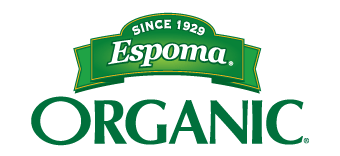
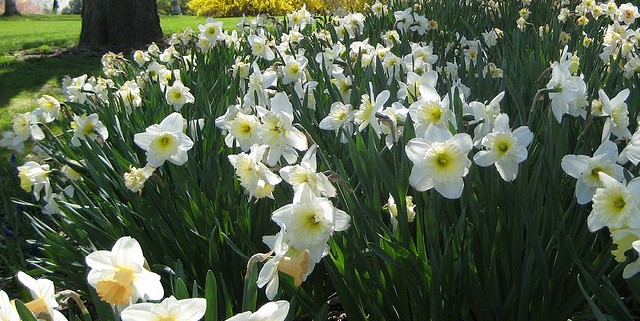
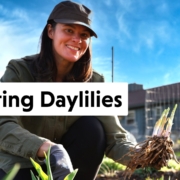
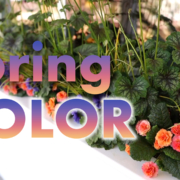
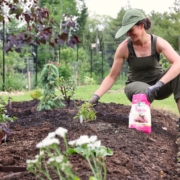
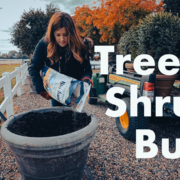
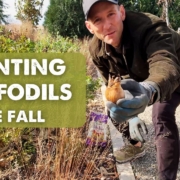

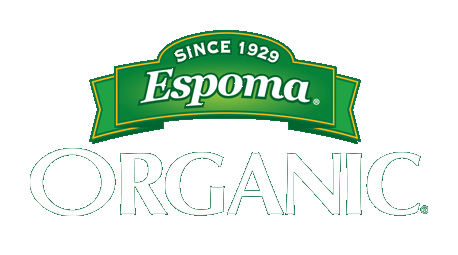
Comments are closed.